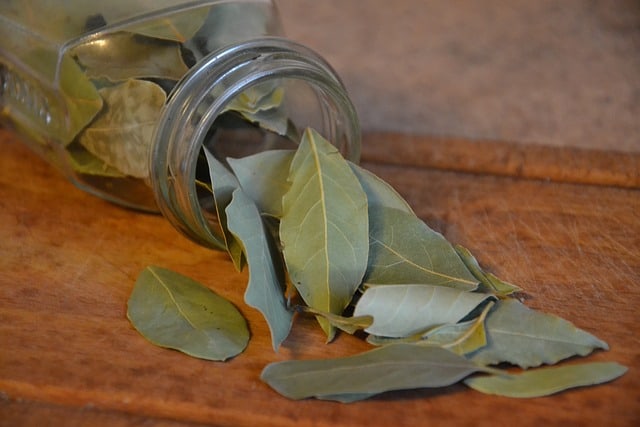Sage and bay leaf are two popular herbs that are widely used in cooking. Both of these herbs have unique flavors and aromas that can enhance the taste of your dishes. However, some people might wonder whether these two herbs can be combined in a recipe or not.
In this blog post, we will explore whether you can combine sage and bay leaf and what dishes they can be used in.
Sage and Bay Leaf: A Brief Overview
Sage is an herb that belongs to the mint family. It has a slightly bitter, earthy flavor and a strong aroma. Sage is often used in stuffing, sausages, and other meat dishes. It is also used in soups and stews, and it pairs well with other herbs like thyme and rosemary.
Bay leaf, on the other hand, is an aromatic leaf that comes from the bay laurel tree. It has a slightly sweet, floral flavor and a pungent aroma. Bay leaf is often used in soups, stews, and sauces. It pairs well with other herbs like thyme, oregano, and rosemary.
Can Sage and Bay Leaf Be Combined in a Recipe?
Yes, sage and bay leaf can be combined in a recipe. These two herbs complement each other’s flavors and can add depth and complexity to your dish. However, it is important to use them in the right proportions to avoid overpowering the other ingredients.
When using sage and bay leaf together, it is best to start with a small amount of each herb and adjust the seasoning as you go. You can use them in soups, stews, and sauces, or in meat dishes like roasted chicken or lamb. Here are some examples of dishes where sage and bay leaf can be combined:
- Chicken and Dumplings: Sage and bay leaf can be used to flavor the broth for chicken and dumplings, adding depth and richness to the dish.
- Beef Stew: Sage and bay leaf can be added to beef stew to give it a more complex flavor.
- Roasted Vegetables: Sage and bay leaf can be used to flavor roasted vegetables like potatoes, carrots, and squash, adding a fragrant and savory note to the dish.
- Tomato Sauce: Sage and bay leaf can be added to tomato sauce to give it a more robust flavor.
Sage and Bay Leaf Comparison
| Characteristic | Sage | Bay Leaf |
|---|---|---|
| Scientific Name | Salvia officinalis | Laurus nobilis |
| Flavor | Earthy, slightly bitter | Floral, slightly sweet, pungent |
| Aroma | Strong, distinctive | Pungent, aromatic, slightly sweet |
| Appearance | Small, elongated leaves | Large, elliptical leaves |
| Color | Grayish-green | Dark green |
| Culinary Uses | Stuffing, sausages, meat dishes, soup | Soups, stews, sauces, marinades |
| Complements | Thyme, rosemary | Oregano, thyme, rosemary, parsley |
| Health Benefits | Anti-inflammatory, antioxidant | Anti-inflammatory, digestive aid |
| Commonly Used in | Italian, Greek, and Mediterranean | Mediterranean, French, and Caribbean |
| Growing Conditions | Sunny, well-drained soil | Moist, well-drained soil |
Final thoughts
Overall, sage and bay leaf have different flavor profiles and aromas, but both are popular herbs used in Mediterranean and French cuisine. They can complement each other well when used together in a recipe, adding complexity and depth to dishes like soups, stews, and sauces.
Sage and bay leaf are two versatile herbs that can be combined in a recipe to add depth and complexity to your dish. They complement each other’s flavors and can be used in a variety of dishes like soups, stews, and sauces. When using these herbs together, it is important to use them in the right proportions to avoid overpowering the other ingredients.

